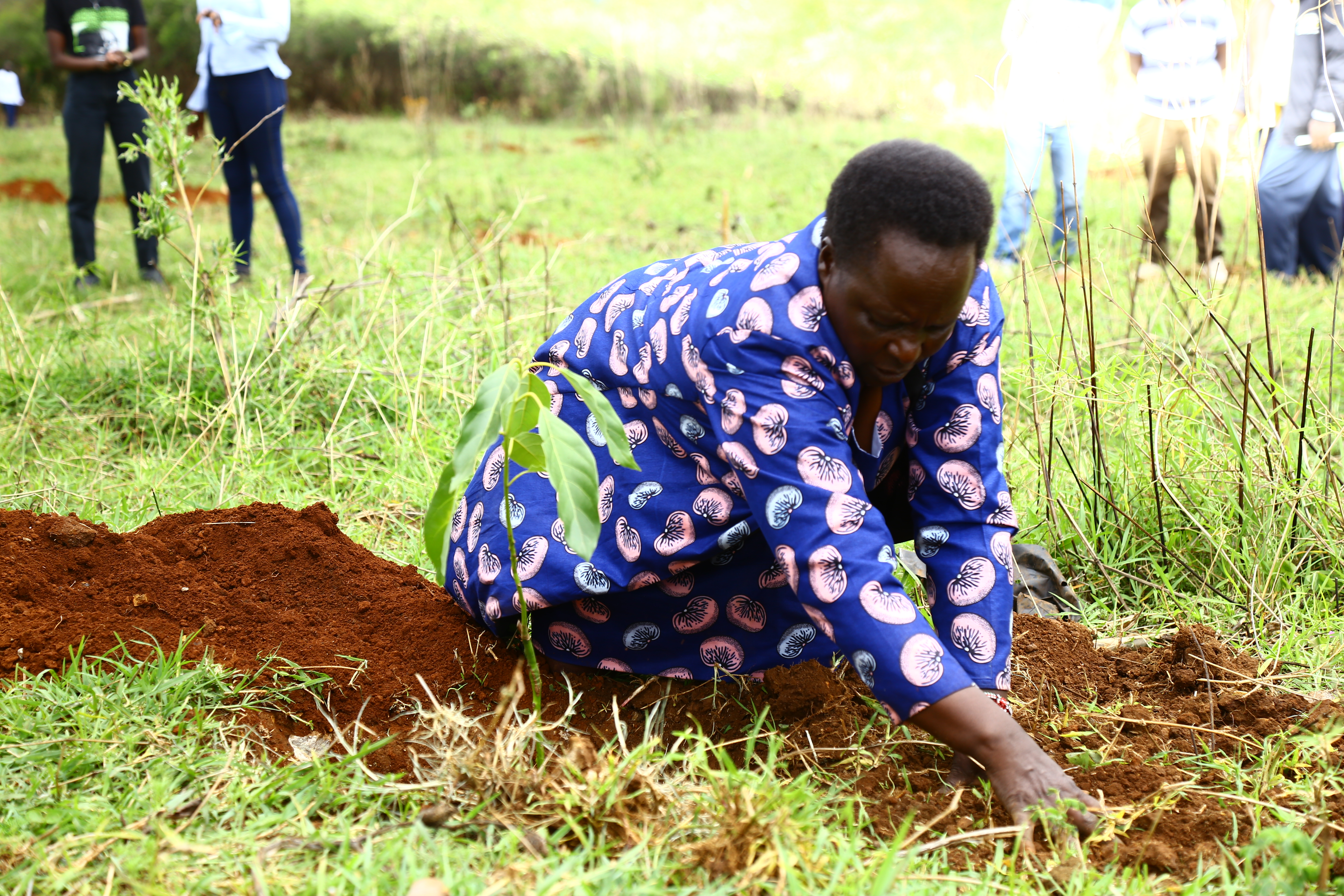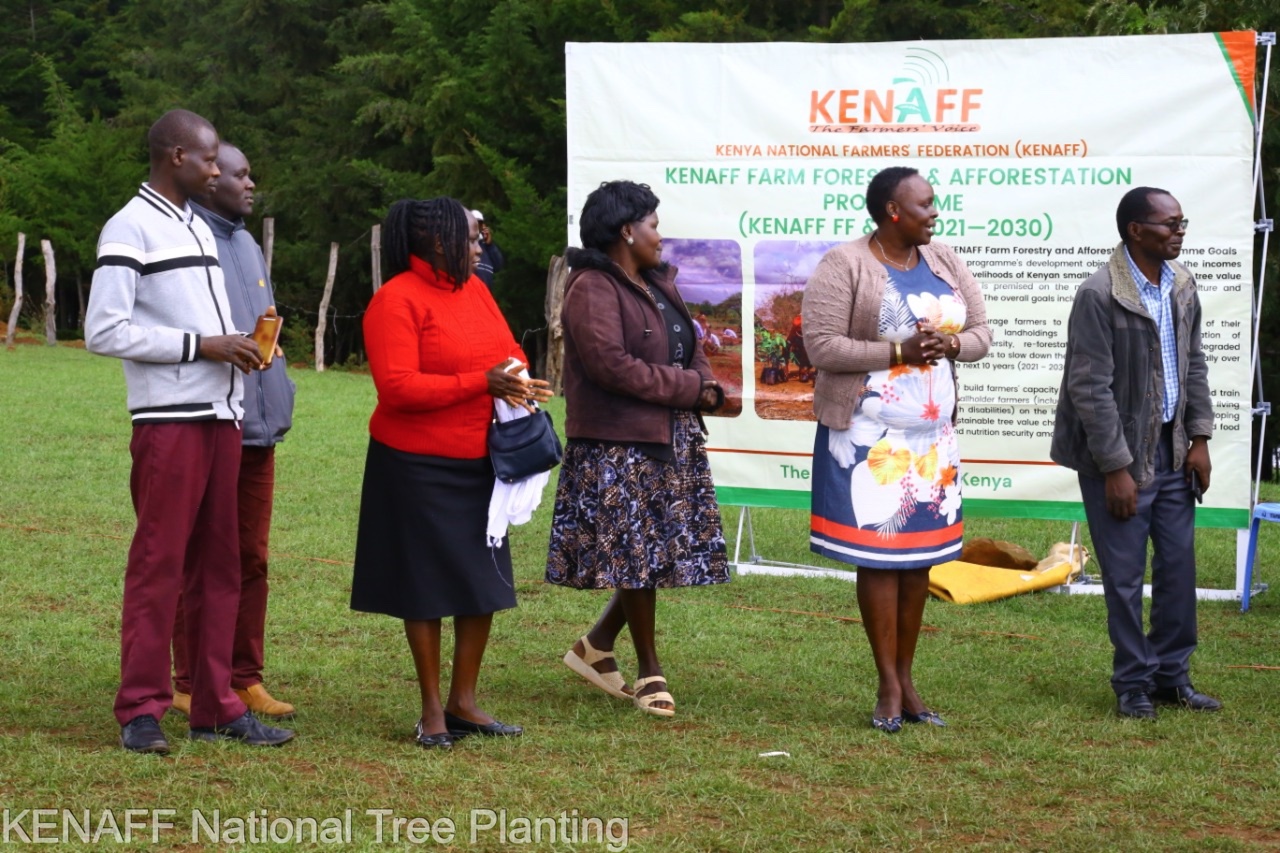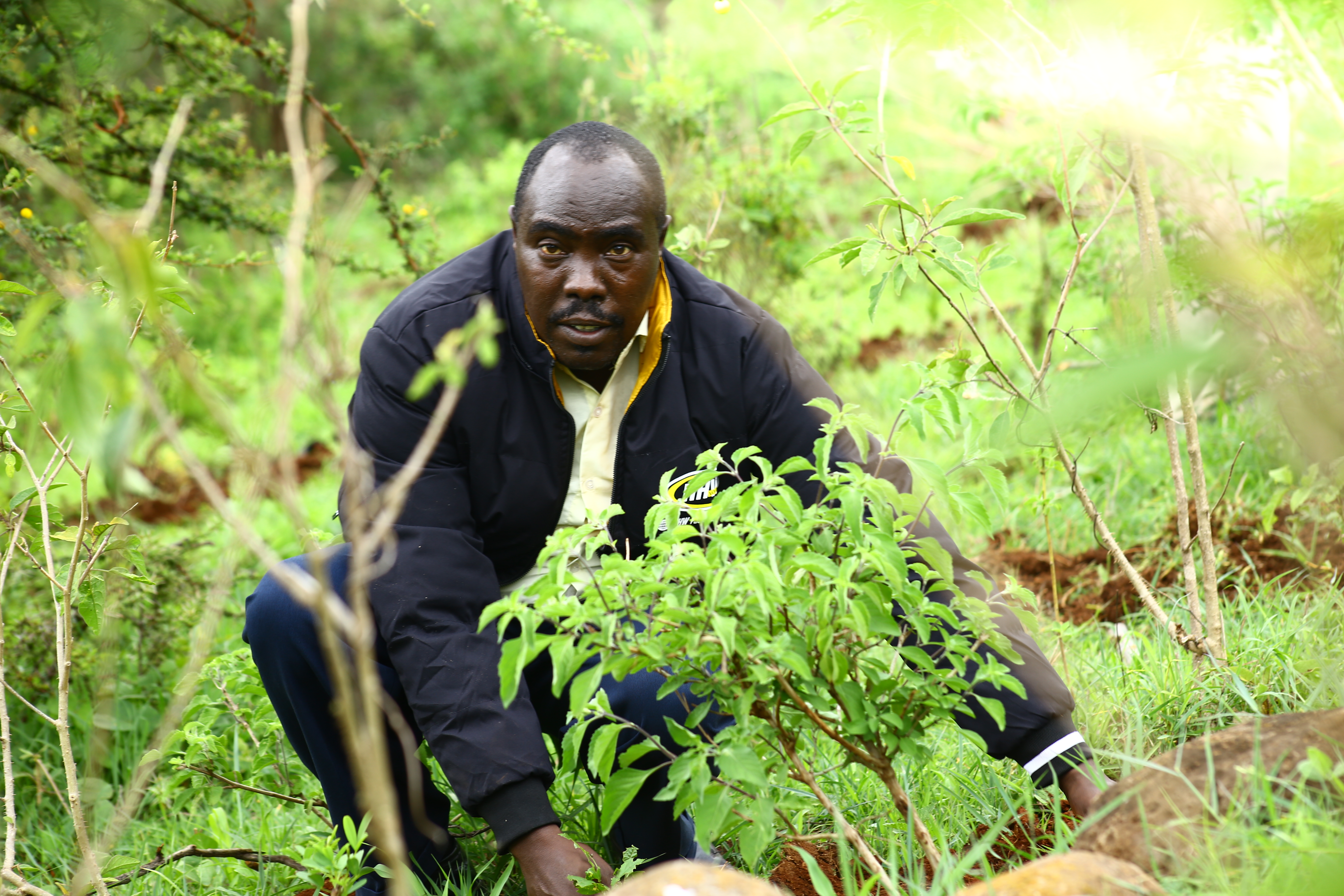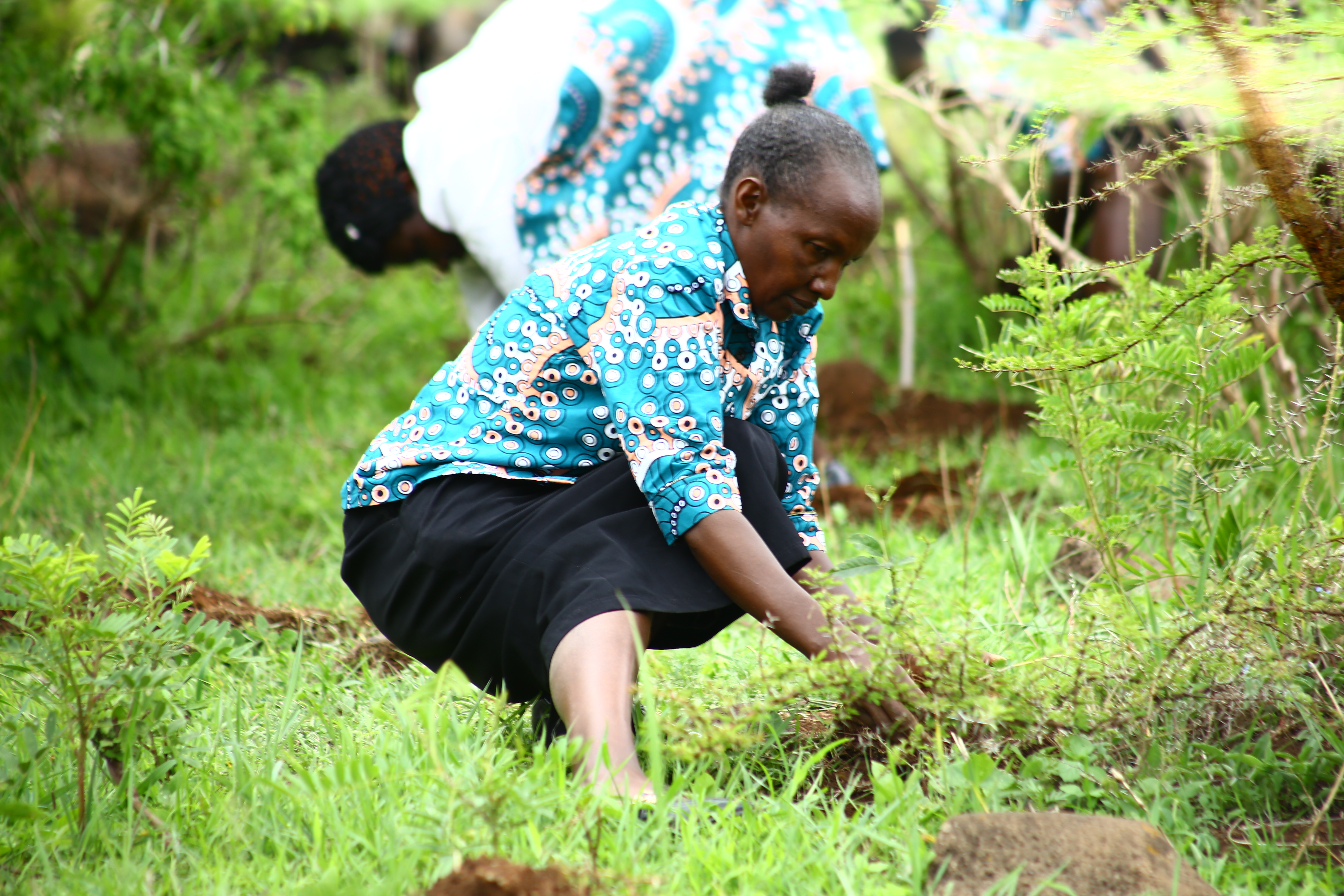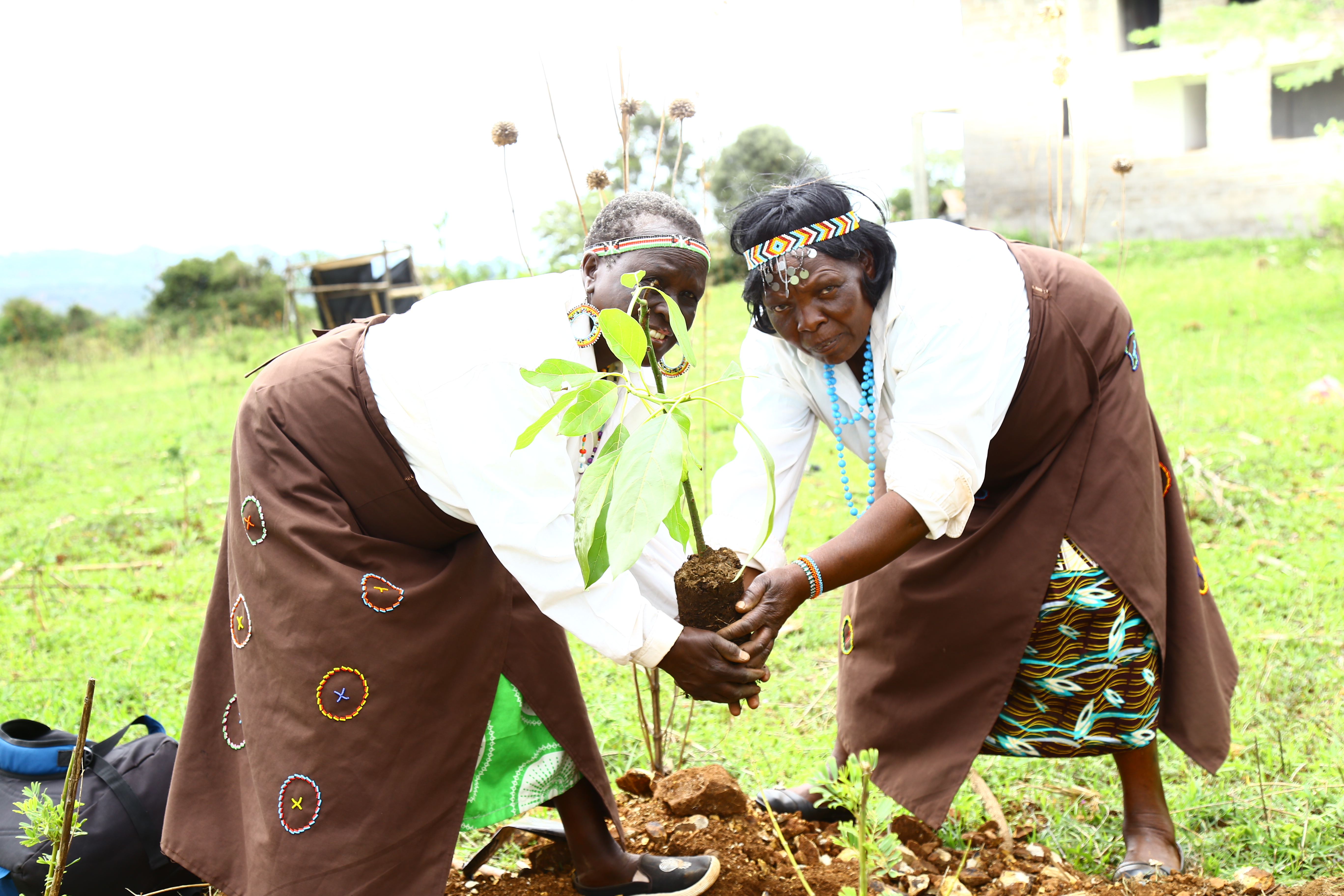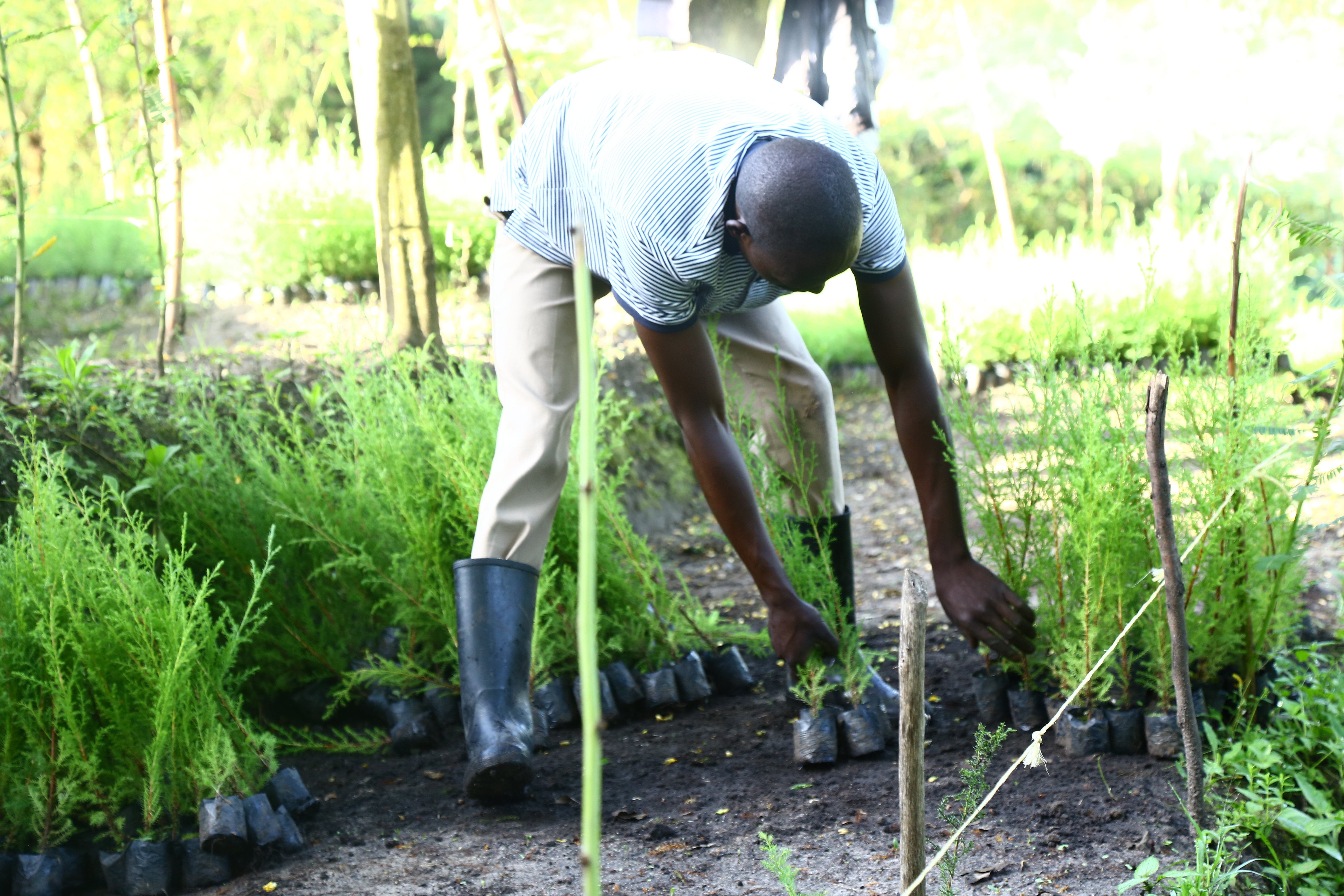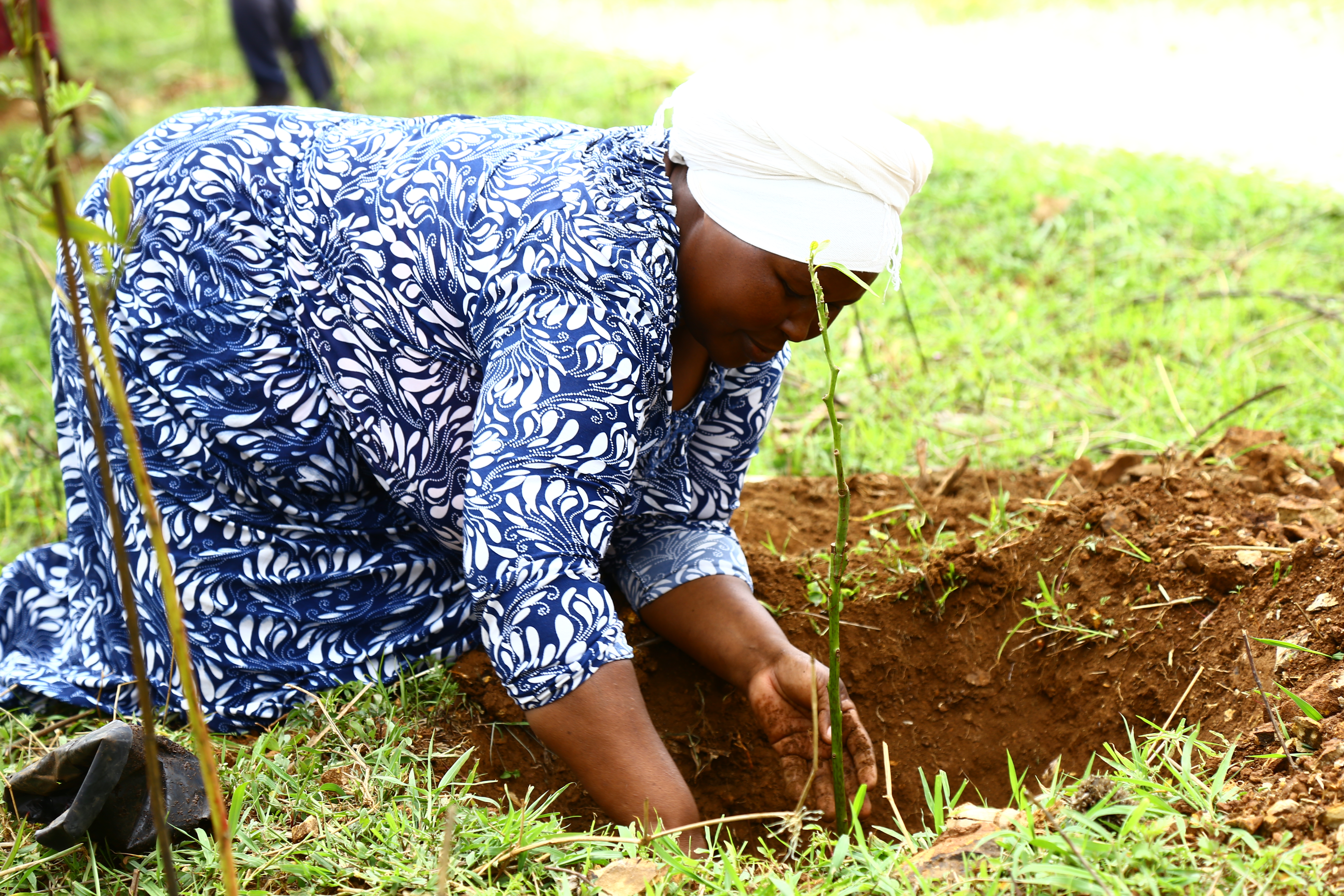
About Programme
The KENAFF Farm Forestry and Afforestation Programme, 2021 – 2030, has been conceptualized, developed and shall be implemented by KENAFF over ten (10) years.
Originally conceived in May 2019;
it is meant to support the government of Kenya’s Regreening Kenya Initiative; and the target to achieve 10% forest cover by December, 2022; contribute to the achievement of the Sustainable Development Goals (SDGs), specifically Goal 13: Climate Action, and is as a strategy through which Kenyan farmers contribute to climate action as envisaged under the Paris Agreement, specifically to; contribute to mitigation (Article 4) and conserve and enhance sinks and reservoirs for greenhouse gas emissions (Article 5).
It is also timely: COP 26 resolved this is the time for action and delivery; not promises. KENAFF believes that the only pathway for Kenya to achieve these goals is for farmers to be engaged in the planting and nurturing of trees. Indeed, the government alone on public land would not accomplish these goals.
Kenya National Farmers’ Federation Farm Forestry and Afforestation Programme (2021-2030)
KENAFF FF & AP 2021 - 2030

